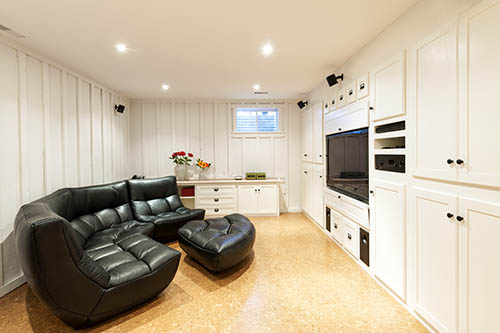 Are you on the hunt for home renovations that will boost usability and value? Look no further than that unfinished basement. In this article, we’ll show you how to turn that dusty cave into an amazing new living space.
Are you on the hunt for home renovations that will boost usability and value? Look no further than that unfinished basement. In this article, we’ll show you how to turn that dusty cave into an amazing new living space.
Note: finishing a basement isn’t the easiest job. For most basements, it’s a lot more than a weekend do-it-yourself project. If you’re not comfortable with construction be sure to enlist the help of a professional.
Step 1: Plan Everything Out
The first step is to plan out how you’re going to use the space. Are you going to make an office? A full suite? Is there any plumbing or wiring involved? Will you need to create full walls? Map out how you plan to use the available space so you have an idea of what you’ll need.
Step 2: Measure And Deal With The Floor
Once you figure out how you’ll use the space, you’ll need to measure everything out. Height can be an issue — especially in basements not designed as a living space. You can solve height problems by digging out the concrete slab. Once you get down deep enough, you pour a new slab.
Step 3: Frame Everything In
Is the basement at a good height? Next you’ll need to start framing everything in. Depending on how you have your walls mapped out, this might take a while. You may also need permits or to enlist licensed tradespeople, such as an electrician. If you’re just framing in a single room to add walls, it will be easier.
Step 4: Insulate And Install The Walls
After the framing process, you’ll insulate everything before installing the walls. Adding insulation can drive energy and heating costs down by a lot. So much so that in colder areas of the country, new homes must have insulated basements. After the insulation is in place, you’ll install the drywall and ready the walls for painting.
Step 5: Paint, Carpet And Finish Up
The final step is to get everything painted and finished. If you chose to go with a carpeted floor, you’ll want to save this for last. Once the painting is complete, install the carpets, baseboard and trim. Touch up any final areas and you’re all set.
Finishing your basement into a usable space is an excellent way to add value to your home. To learn more about building your home’s equity, give us a call.
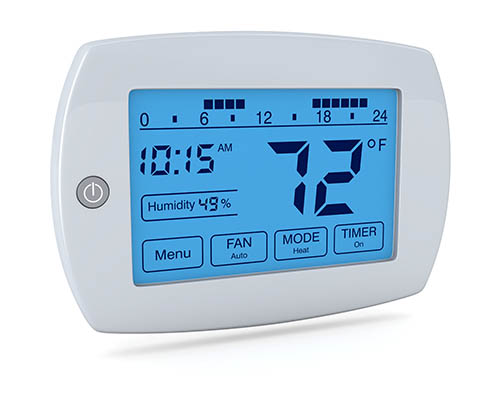 Do you believe that humans are changing the climate? As of today, the debate over carbon dioxide and climate change continues to rage. But regardless of your political standpoint, there’s always a case for reducing electricity use. Because who doesn’t like saving money, right?
Do you believe that humans are changing the climate? As of today, the debate over carbon dioxide and climate change continues to rage. But regardless of your political standpoint, there’s always a case for reducing electricity use. Because who doesn’t like saving money, right?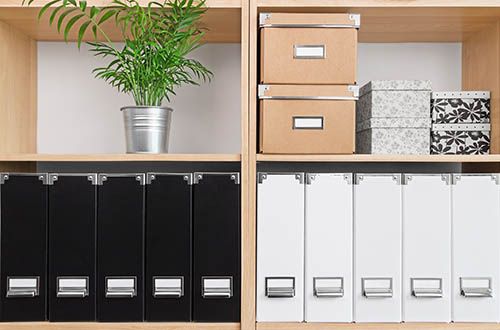 Even small spaces can feel spacious when the art of storage is mastered. Here are 7 inexpensive storage hacks to free up space in your home.
Even small spaces can feel spacious when the art of storage is mastered. Here are 7 inexpensive storage hacks to free up space in your home. The future is now! You may know that there are already many smart (Internet-connected) appliances and items that you can use to update your home for the connected age. But for your reading pleasure, here are five of them already on the market.
The future is now! You may know that there are already many smart (Internet-connected) appliances and items that you can use to update your home for the connected age. But for your reading pleasure, here are five of them already on the market. Solar-powered homes are becoming more commonplace, and are an excellent step in the right ecological direction. That said, there are some aspects to consider if you’re thinking about investing in solar energy. Read on for some salient points about living by the sun.
Solar-powered homes are becoming more commonplace, and are an excellent step in the right ecological direction. That said, there are some aspects to consider if you’re thinking about investing in solar energy. Read on for some salient points about living by the sun.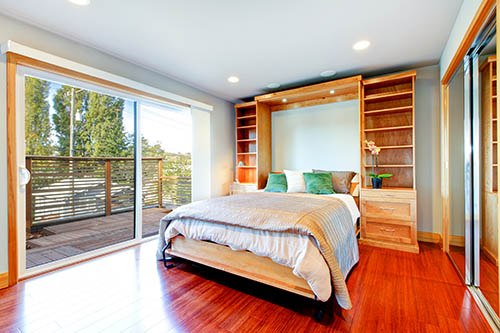 The floor of your bedroom is important it’s the first thing you touch in the morning, and the last before you go to sleep. Not to mention all the other life moments that go on in there. So take time to consider what you want your bedroom floor to be made of and read on for pros and cons of carpeting and hardwood floors.
The floor of your bedroom is important it’s the first thing you touch in the morning, and the last before you go to sleep. Not to mention all the other life moments that go on in there. So take time to consider what you want your bedroom floor to be made of and read on for pros and cons of carpeting and hardwood floors. Fail to complete these renovations before selling your condo and you may be missing out on huge profit gain! Don’t sell yourself short, tackle these reno projects before your home hits the market to maximize offers.
Fail to complete these renovations before selling your condo and you may be missing out on huge profit gain! Don’t sell yourself short, tackle these reno projects before your home hits the market to maximize offers. As a homeowner, thinking outside the box, gadget-wise, can lead you to gizmos that solve your problems – even ones you didn’t know you had in more humane, sustainable, energy-efficient ways than ever before. Read on to find out about five such inventions.
As a homeowner, thinking outside the box, gadget-wise, can lead you to gizmos that solve your problems – even ones you didn’t know you had in more humane, sustainable, energy-efficient ways than ever before. Read on to find out about five such inventions.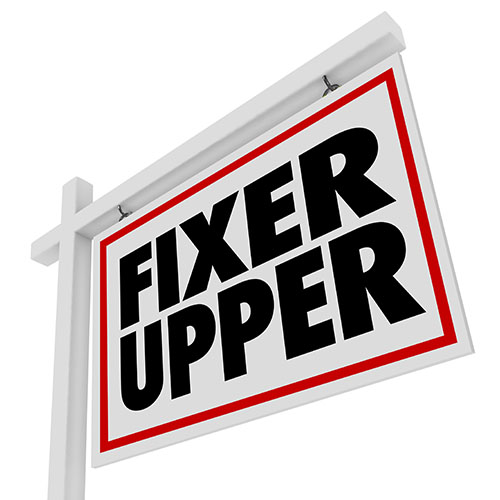 Fixer uppers can come with huge price benefits and opportunity, as well as problems. Make sure you understand what you’re getting yourself into before you purchase a home that needs significant restoration.
Fixer uppers can come with huge price benefits and opportunity, as well as problems. Make sure you understand what you’re getting yourself into before you purchase a home that needs significant restoration.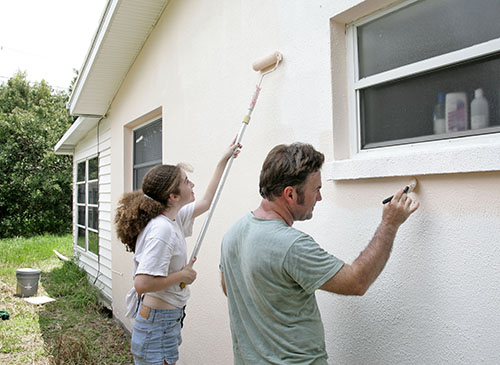 If you want something hands-on to do this summer, look no further than the outside of your house. There are many reasons to refresh the paint job on your house, including increased protection against weathering, and increased curb appeal. Whatever your reason, read on to learn just what you’ll need, and need to do, to paint your home’s exterior.
If you want something hands-on to do this summer, look no further than the outside of your house. There are many reasons to refresh the paint job on your house, including increased protection against weathering, and increased curb appeal. Whatever your reason, read on to learn just what you’ll need, and need to do, to paint your home’s exterior.